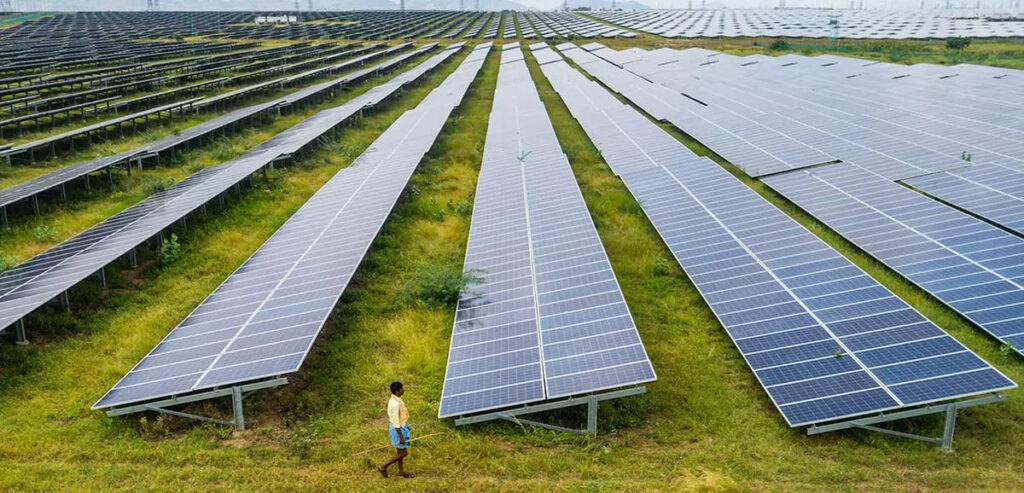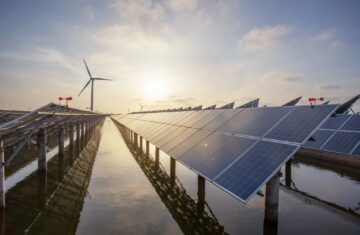New Delhi, Dec 10 (IANS) — The Ministry of New and Renewable Energy (MNRE) has announced a significant amendment to the Approved Models and Manufacturers of Solar Photovoltaic Modules (ALMM) Order, 2019.
Key Features of the Amendment
This amendment introduces the long-awaited List-II for solar PV cells under the ALMM framework and is set to take effect from June 1, 2026.
Impact on Solar Projects
“Once the new rule kicks in, all solar PV modules used in projects – including government-backed schemes, net-metering projects, and open access renewable energy initiatives – will be required to source their solar cells from ALMM List-II, ensuring quality and reliability in solar PV cells used in India’s energy infrastructure,” the MNRE said in a statement.
Response to Domestic Manufacturing
The introduction of List-II is a response to the country’s rapidly growing solar manufacturing capabilities. Until now, the absence of List-II was due to a limited domestic supply of solar cells.
Government Commitment
The amendment has been approved by Minister for New and Renewable Energy Pralhad Joshi and underscores the government’s commitment to advancing India’s renewable energy agenda.
Exemptions for Existing Projects
For projects that have already been bid out but whose last date of bid submission is before the issuance of this order, an exemption will apply, allowing them to proceed without the requirement to use solar PV cells from List-II.
Future Bidding Requirements
For all future bids, the requirement to source both solar PV modules and cells from the respective ALMM lists will be mandatory.
Economic and Environmental Benefits
“This policy enhancement is expected to have profound economic and environmental benefits. By mandating the use of solar PV cells which will be included in the ALMM List-II following a rigorous procedure to verify quality and reliability, the government aims to foster a robust domestic solar PV supply chain,” the statement said.
Aligning with National Goals
This move aligns with India’s broader goal of achieving 500 GW of non-fossil fuel-based power capacity by 2030.
Strengthening India’s Position
The amendment will not only strengthen India’s position as a global leader in renewable energy but will also accelerate the growth of India’s solar manufacturing sector.
Innovation and Job Creation
The increased demand for solar PV cells is expected to stimulate innovation, create new job opportunities, and attract investments in high-tech manufacturing.
Role of Thin-Film Technology

The government has recognized the role of thin-film solar technology in India’s renewable energy future.
Upcoming Guidelines
In the coming months, the MNRE will issue detailed procedural guidelines for the enlistment of solar PV cells under ALMM List-II.
Conclusion
By prioritizing solar PV cell manufacturing and reducing reliance on imports, this amendment lays a strong foundation for India’s clean energy future.
Sources
- Ministry of New and Renewable Energy (MNRE) Press Release
- National Renewable Energy Laboratory (NREL) Publications



